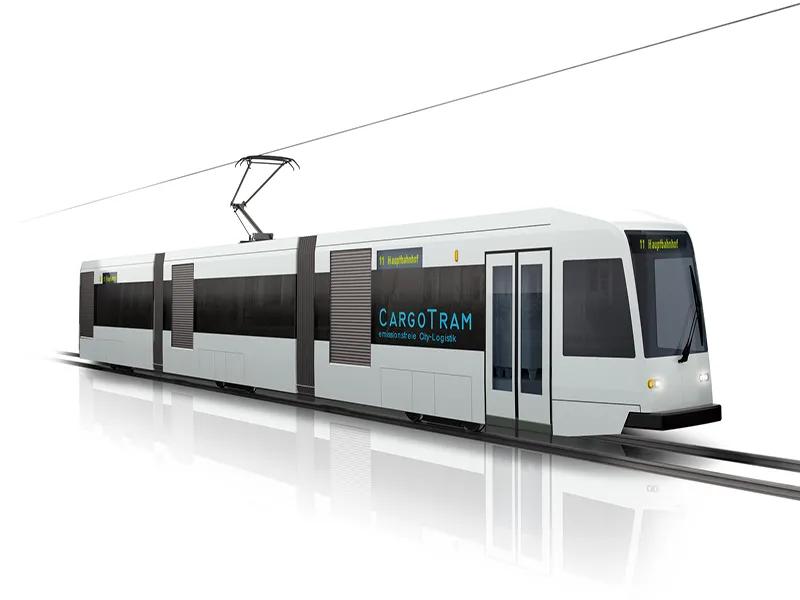HÖRMANN Group helping to work on solution for intermodal logistics in urban settings
Cities are dynamic ecosystems in which transport has a significant impact on quality of life. If the latter is to be not only maintained but also improved, it will be necessary to make adjustments to urban transport as soon as possible and offer adequate solutions to an array of challenges. These include an ever-growing population, particularly in major cities; rising levels of CO2 and particulates; outdated transport infrastructure; high noise levels; and severely limited useable space. ‘Last-mile’ logistics is incredibly important in this respect.
With this in mind, HÖRMANN Group, represented by HÖRMANN Digital, HÖRMANN Vehicle Engineering and HÖRMANN Rawema and working alongside partners in industry and research, has assessed intermodal logistics chains to draw attention among decision-makers in industry and the public sector to the opportunities presented by potential pilot projects. The project is supported by EIT InnoEnergy. More information is available in the white paper (see PDF).
The white paper shows how the use of standardised containers can optimise what is known as the last mile.
The rapid growth of online retail in particular means that urban logistics is having to pull off an increasingly difficult balancing act. Rising freight volumes and demanding customer expectations regarding speed and flexibility are in conflict with the impact on quality of life caused by air pollution, traffic congestion and high workloads, in addition to increasingly tight carbon emissions regulations, enormous cost pressure and limited system capacity in urban infrastructure.
A collaborative approach between industry and the public sector is required if these environmental, social and economic obstacles are to be surmounted. Only if the key players work together across multiple industries can efficient solutions be found to the problems of how to transport more freight in the same time while producing fewer emissions and taking up less space.
The intermodal logistics chain involving road and rail transport as presented in the white paper is a promising method of implementing a strategy that is both environmentally and financially sustainable in an urban setting. This could help to decarbonise urban transport, make providers more profitable and make urban spaces better places to live.
